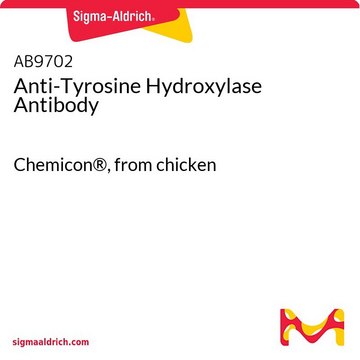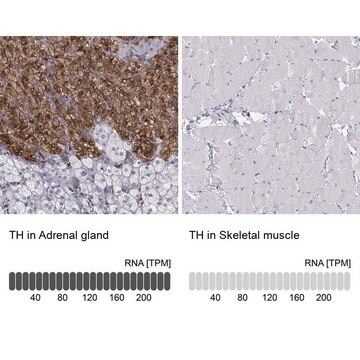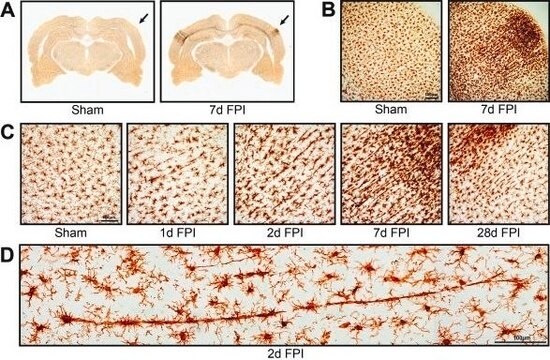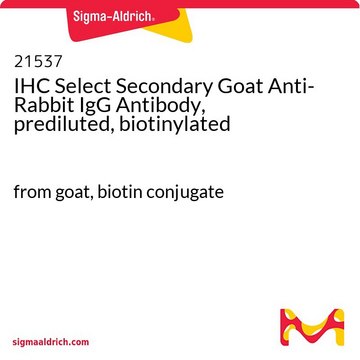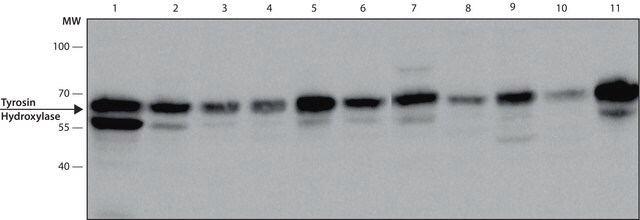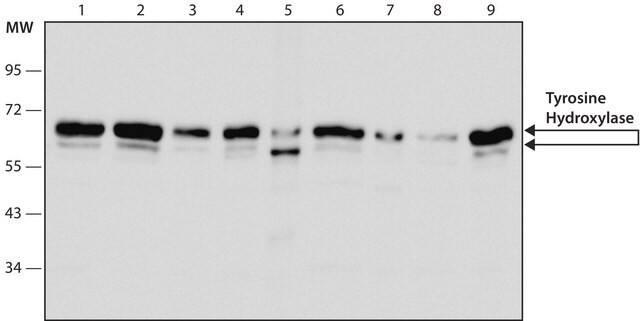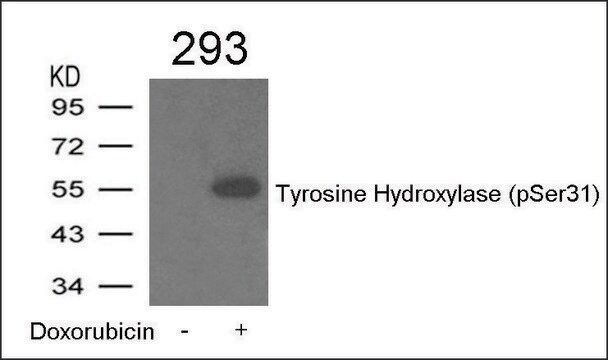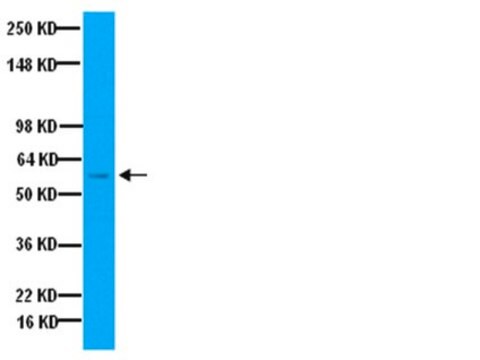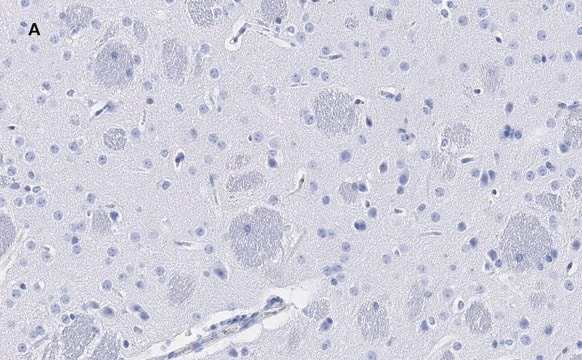T8700
Anti-Tyrosine Hydroxylase antibody produced in rabbit
affinity isolated antibody, buffered aqueous glycerol solution, sufficient for 10 blots
Synonym(s):
Rabbit Anti-TYH
About This Item
Recommended Products
biological source
rabbit
Quality Level
conjugate
unconjugated
antibody form
affinity isolated antibody
antibody product type
primary antibodies
clone
polyclonal
form
buffered aqueous glycerol solution
usage
sufficient for 10 blots
species reactivity
mammals
technique(s)
immunohistochemistry (frozen sections): 1:1,000
indirect immunofluorescence: 1:1,000
western blot: 1:1,000 using rat brain lysates of PC-12 cells stimulated by okadaic acid
shipped in
wet ice
storage temp.
−20°C
target post-translational modification
unmodified
General description
Immunogen
Application
Immunofluorescence (1 paper)
Immunohistochemistry (1 paper)
Biochem/physiol Actions
Target description
Physical form
Disclaimer
Not finding the right product?
Try our Product Selector Tool.
recommended
Storage Class
10 - Combustible liquids
wgk_germany
WGK 3
flash_point_f
Not applicable
flash_point_c
Not applicable
ppe
Eyeshields, Gloves, multi-purpose combination respirator cartridge (US)
Choose from one of the most recent versions:
Already Own This Product?
Find documentation for the products that you have recently purchased in the Document Library.
Customers Also Viewed
Our team of scientists has experience in all areas of research including Life Science, Material Science, Chemical Synthesis, Chromatography, Analytical and many others.
Contact Technical Service